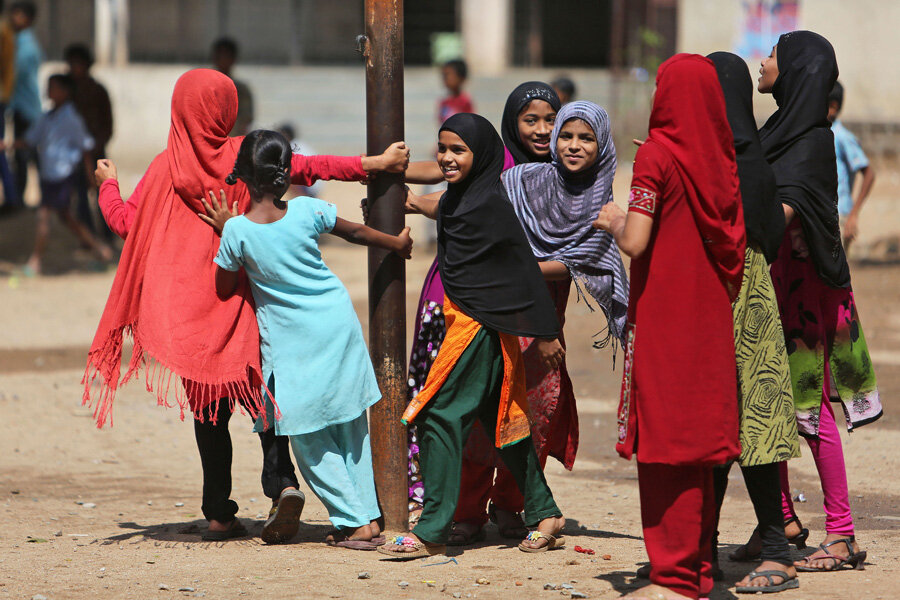The Global Gender Gap Report, published Tuesday by the WEF, measures the global gender gap of 142 countries. It looks at the relative gaps between men and women across four key areas: education, economics, health, and politics.
The top five is somewhat predictable: Iceland, Finland, Norway, Sweden, and Denmark, in that order.
While the five Nordic countries consistently rank highly on most global indicators, from the Human Development Index to the Global Competitiveness Report, the same isn't true for Nicaragua (6th), Rwanda (7th), and the Philippines (9th), which rarely make the top 50.
So why are they just behind Northern Europe, on par with Ireland (8th) and Belgium (10th), and well ahead of the United States (20th) when it comes to gender equality?





